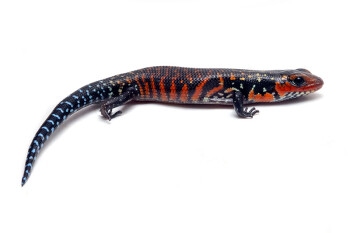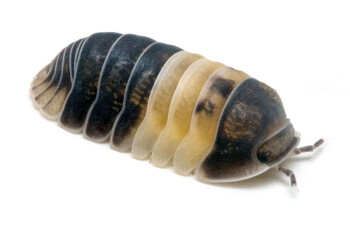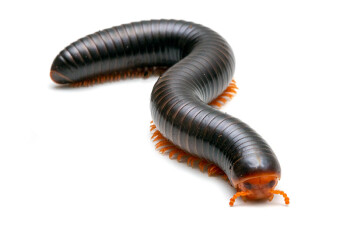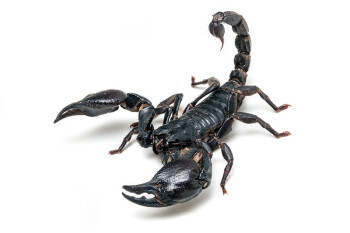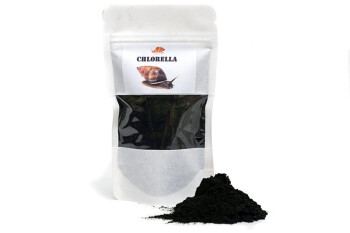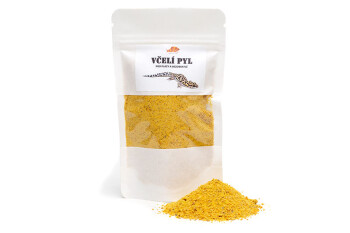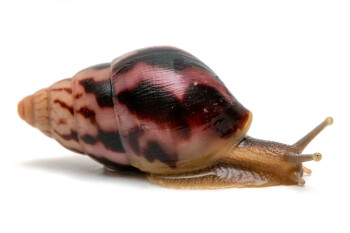- For sale
-
Gallery
- Achatinidae
- Acavidae
- Ariophantidae
- Bradybaenidae
- Bulimulidae
- Camaenidae
- Clausiliidae
- Cyclophoridae
- Discidae
- Dyakiidae
- Ellobiidae
- Helicarionidae
- Helicidae
- Helminthoglyptidae
- Chronidae
- Orthalicidae
- Pomatiidae
- Pupinidae
- Streptaxidae
- Strophocheilidae
- Subulinidae
- Succineidae
- Veronicellidae
- Cambalopsidae
- Harpagophoridae
- Oxydesmidae
- Pachybolidae
- Paradoxosomatidae
- Polydesmidae
- Pseudospirobolellidae
- Rhinocricidae
- Spirobolidae
- Spirostreptidae
- Zephroniidae
- Emydidae
- Geoemydidae
- Chelidae
- Chelydridae
- Kinosternidae
- Pelomedusidae
- Podocnemididae
- Testudinidae
- Agamidae
- Diplodactylidae
- Gekkonidae
- Iguanidae
- Mabuyidae
- Scincidae
- Xantusiidae
- Scarabaeidae
- Boidae
- Armadillidiidae
- Porcellionidae
- Blaberidae
- Ectobiidae
- Salticidae
- Theraphosidae
- Gryllidae
- Scorpionidae
- Phrynichidae
- Expeditions
- Manuals
- General
International shipping of live animals is temporarily unavailable due to low temperatures. We expect to resume in March or April. Personal pickup is still possible.
New items for sale:
News:
New species of millipede Analocostreptus servatius on offer.
2025-11-11
Lepidophyma smithii is a very interesting species of medium-sized lizard from the under-represented Xanthusia group. It differs from the species L. smithii mainly in the yellow spots on its body. The reproduction is also unique, as the female gives birth to live young and is capable of parthenogenesis (reproduction without the presence of a male). In breeding, it is an undemanding lizard that is mostly nocturnal, has a secretive lifestyle and accepts any insect as food. They do not like high temperatures and room temperature is sufficient, just for gravid females we prefer to place a weak bulb or UVB saver in the terarium. Captive bred juveniles of Lepidophyma flavimaculatum are available.Soil for bioactive terrariums is now on offer.
2025-06-01
A complete substrate for creating a natural bioactive environment for tropical reptiles, amphibians, millipedes, snails, isopods and springtails. The substrate is also prepared with the requirements of plants that will thrive in this substrate. The individual ingredients make the substrate breathable while maintaining sufficient moisture. The substrate is a mixture of fibrous peat, Shredded rotting leaf litter, pine bark, sphagnum moss and other mosses, seramis, sand and minced limestone. Soil for bioactive terrariums is already for sale.Dried fern is now on offer.
2025-06-01
The dried fern serves as a natural decoration and shelter for isopods, millipedes, snails, cockroaches and smaller species of lizards, snakes and amphibians. The fern can be mixed into the substrate to aerate it and make it more accessible to the smaller inhabitants of the bioactive terrarium. For some terrarium animals it can also serve as a diversification of the food ration (isopods, millipedes, snails...). Dried fern is already for sale.New species of millipede Analocostreptus servatius on offer.
2025-02-15
A large and massive species of millipede easily recognizable by its light-coloured head. This species is easy to breed. They are not picky in their diet and eat leaves, vegetables and fruits. This species breeds quite frequently in captivity. Captive bred juveniles of Analocostreptus servatius are available.© 2025 Tomáš Protiva - Landsnails.org. All rights reserved.

